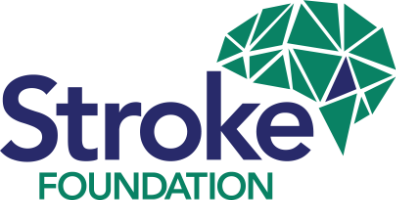‘Bootcamp for the arm’ closer to being delivered via telehealth
A highly effective upper limb therapy described as ‘bootcampfor the arm’ is one step closer to being delivered to Australian stroke survivors via telehealth.
For the first time, an Australian research team, in collaboration with colleagues in the United Kingdom (Jessamy Boydell, occupational therapist, Annie Meharg, physiotherapist) and New Zealand (Anna Kilkenny, physiotherapist) have developed a suite of resources to deliver Constraint Induced Movement Therapy (CIMT) via an electronic platform, in a bid to increase uptake and improve accessibility to the therapy.
The research, ‘Development of a behaviour change intervention to support constraint-induced movement therapy (CIMT) delivery via telehealth’ is led by Dr Lauren Christie, an occupational therapist clinician-researcher and the senior implementation science research fellow-allied health- for St Vincent’s Health Network in Sydney.
Dr Christie will be presenting her findings in Christchurch this week at the 31st Annual Scientific Meeting of the Stroke Society of Australasia 2022, which is being attended by international stroke experts. CIMT is an intensive upper limb therapy where the survivor completes at least two hours of structured practice per day for two to three weeks. It involves regularly increasing the difficulty of tasks and putting a mitt on the unaffected hand for at least six hours a day to encourage use of the affected arm.
Research shows, if delivered correctly, stroke survivors who received CIMT show clinical improvements in their arm function. Dr Christie hopes the research will lead to CIMT being delivered more routinely than it currently is.
“CIMT is recommended in the Australian and New Zealand Clinical Guidelines for Stroke Management, however only 12% of eligible stroke survivors receive CIMT.”
Dr Christie’s research explores therapists’ perceived barriers and facilitators of delivering CIMT via telehealth as well as how these perceptions can be changed to support TeleCIMT.
“Barriers to CIMT delivery include lack of therapist knowledge and resources, but there has been limited research exploring strategies to overcome these barriers. Telehealth, as an alternative CIMT model, may enhance clinician uptake and delivery to stroke survivors.
”The research results found that barriers to TeleCIMT included lack of therapist knowledge, skills and resources and challenges for stroke participants included technology access and increased need for carer support when completing a CIMT program remotely. Dr Christie is now conducting a feasibility study into TeleCIMT and would eventually like to conduct a larger trial to evaluate effectiveness.
“We hope that by delivering CIMT through telehealth we can improve equity of access to treatment."
